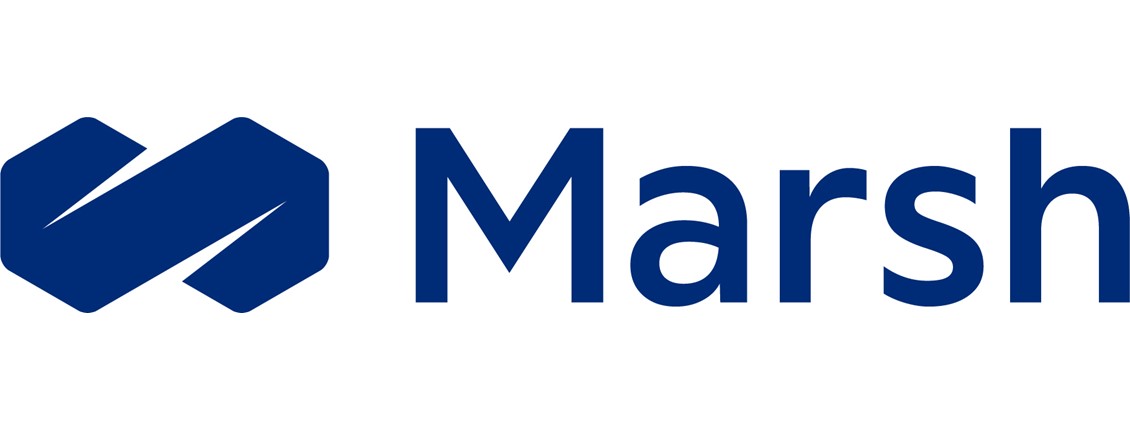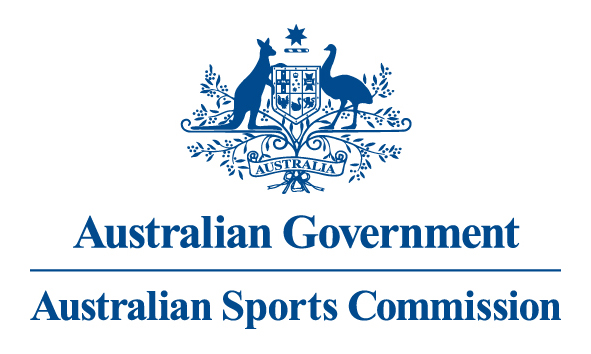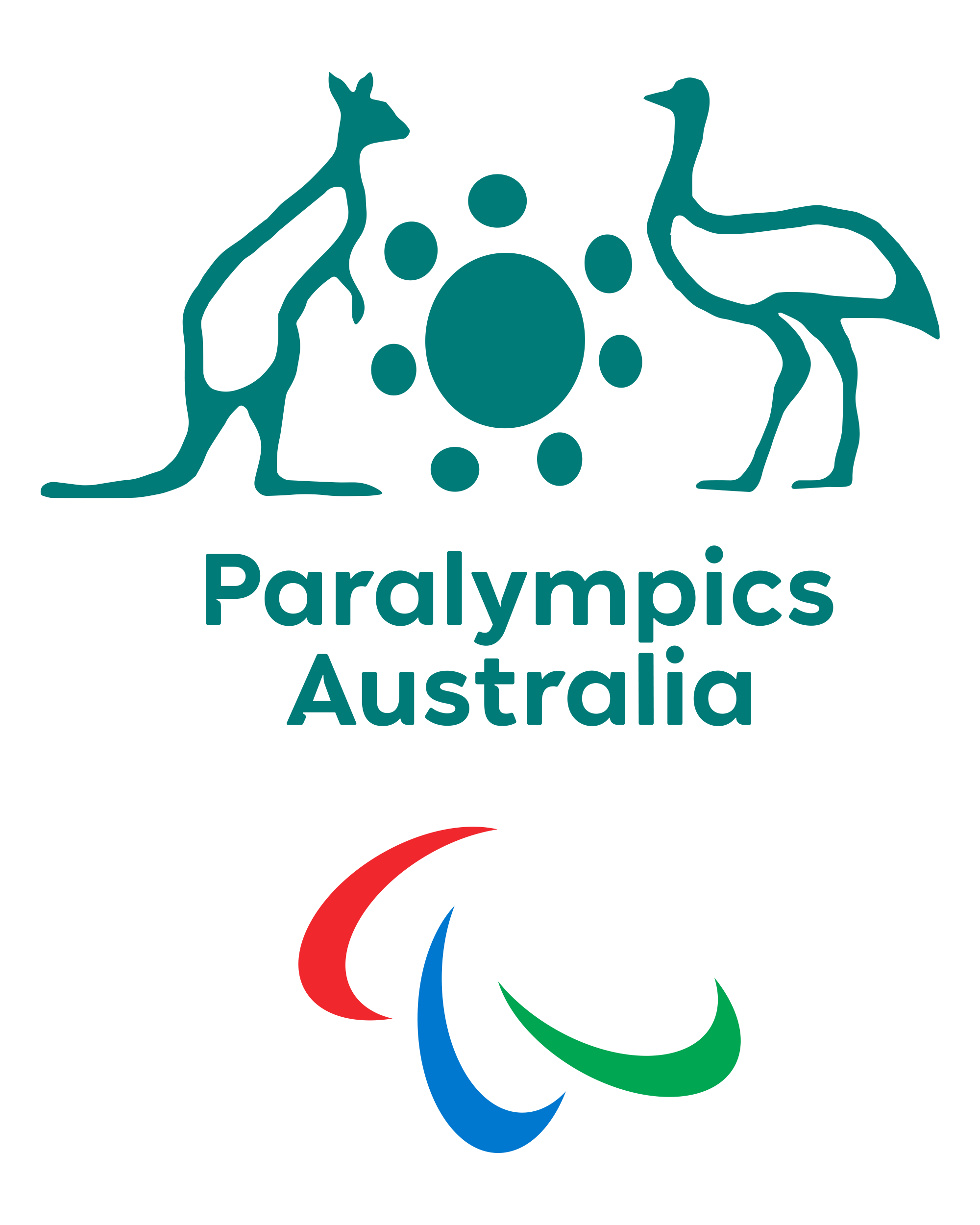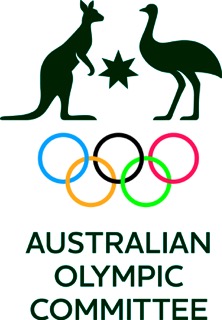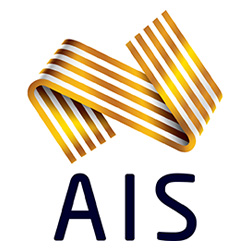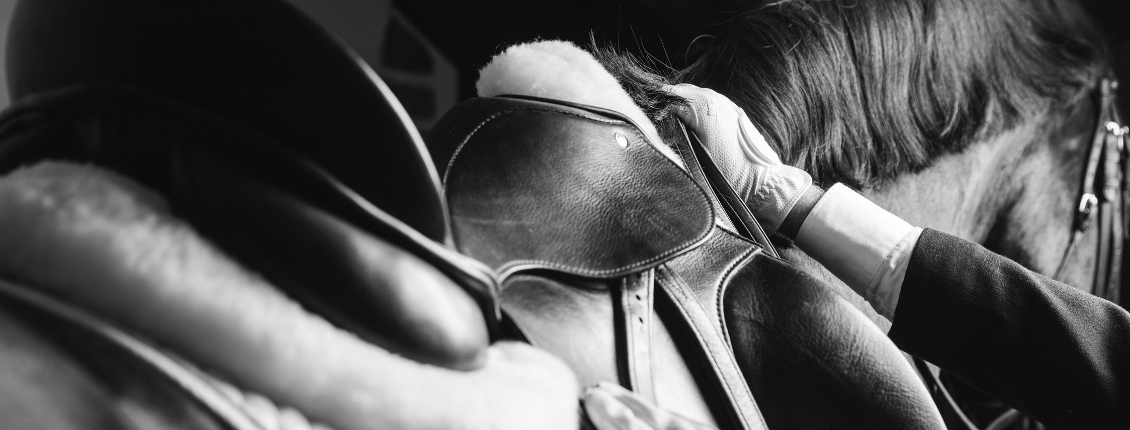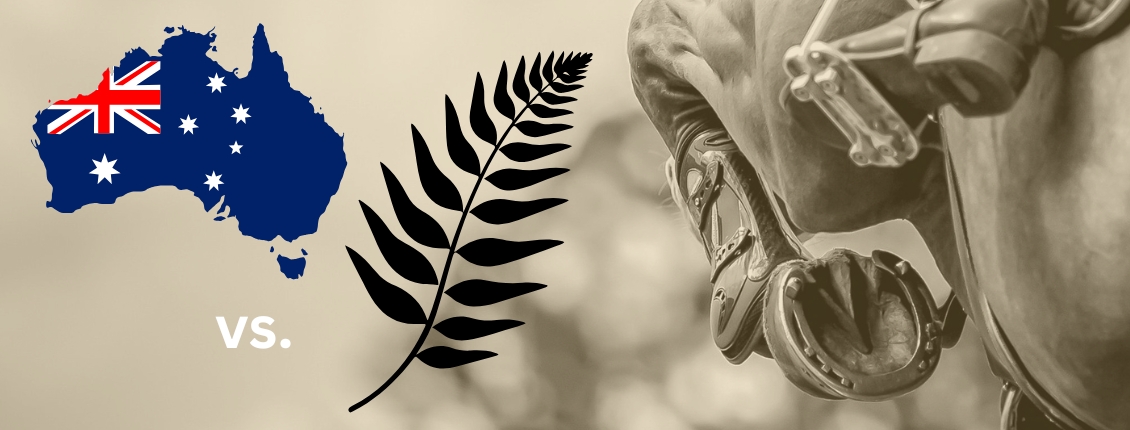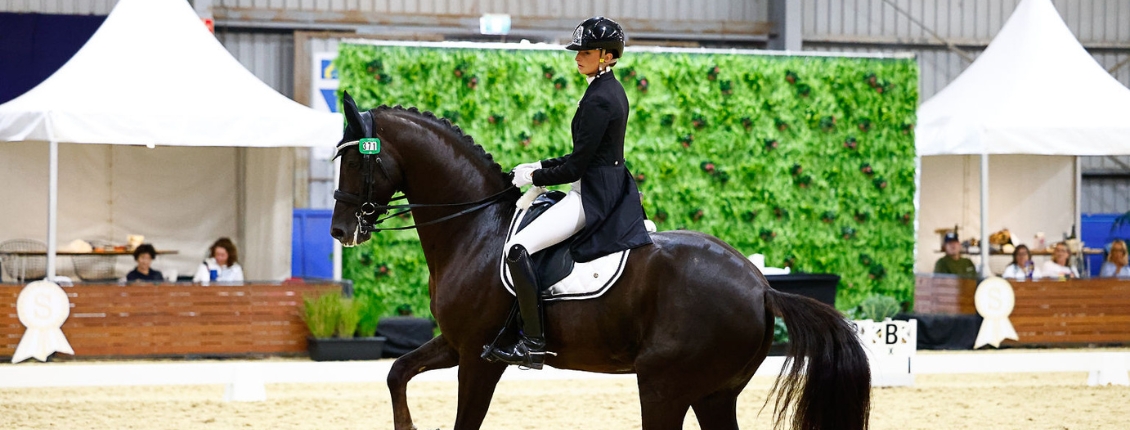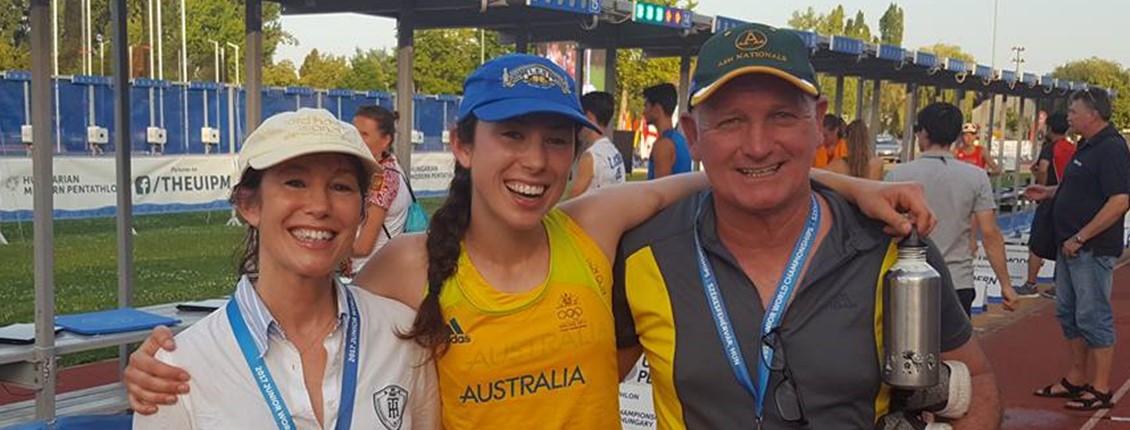
Australian Competitor with EA Coach Heading to Tokyo for Modern Pentathlon
Australian Pentathlete Marina Carrier has made the cut for the Tokyo 2020 Olympics. EA Coach Simon Kale (EA General L3, Eventing L3 and Coach Educator) is proud to be coaching her for the equestrian phase of the event.
The Olympic Modern Pentathlon is a unique event, which actually comprises of the athlete competing in five different events – fencing, 200m freestyle swim, equestrian show jumping – on a horse they’ve never met before, and a final combined event of pistol shooting and 3200m cross country run.
Tokyo 2020 marks the 20th anniversary of women being allowed to compete in the Modern Pentathlon at Olympic level – Sydney 2000 was the first Olympic Games where women also competed in the event.
As one could imagine, there’s a lot to take into consideration when training an athlete for such a varied event. We caught up with Simon and Marina to find out what goes on during the preparation, with a specific focus on the equestrian phase.
It’s not quite like coaching a rider to be a pure show jumper, there are many other factors for the coach of a pentathlete to consider.
“I have to have knowledge of her training schedule so I can realise whether she is tired or fresh. We try to schedule riding on a light day for her,” explains Simon, who currently coaches Marina on a weekly basis.
Marina, now 23, has trained with Simon for five years, starting back when she was 18 years old. Prior to that, as a youth competitor, she didn’t have an equestrian phase to compete in (there is no equestrian phase in the youth-level pentathlon).
When Marina came to Simon and told him she was trying to make the shadow team for the Rio Olympics, he had his work cut out for him. They had only 7-8 lessons to get Marina ready for the show jumping aspect of the tryouts. While they had to lower the fences for that first run, they got the job done.
Now Marina rides the show jumping phase at the full height of 1.20m, and always on an unfamiliar horse.
“The types of horses used are often big, strong, forward military horses – schoolmaster types,” tells Marina, “I would much prefer a forward horse than one that backs off!”
The major component of training for the show jumping phase of the pentathlon revolves around being able to get on an unfamiliar horse and figure out it’s buttons, quickly.
“She [Marina] rides many different horses here and the major component of the training is learning the skill to ride a strange horse, not so much as turning her into a show jumping star. I have her ride many of my clients’ horses, plus she competes regularly on horses she is not familiar with, to mirror the competition arena,” tells Simon.
At the event, there is an owners’ familiarisation ride the day before, where the horse owner each rides their own horse over the course, during which athletes and coaches are allowed to watch and take notes. They pay attention to how each horse rides, what gear it’s in, if there is a spooky jump or tricky line on the course and so on.
“Simon sometimes writes NFM next to a horse. I once asked him what that meant and he said, ‘Not for Marina’!” exclaims Marina.
But the horses are drawn at random and competitors have no way of influencing their horse selection, so what happens if Marina gets one of the NFM horses?
“Simon doesn’t tell me, and I don’t ask!” laughs Marina, “he tells me I’ve drawn a great horse,” the focus is simply how best to ride the one she gets.
Simon is ‘a good judge of horseflesh’, with the ability to see what type of riding will get the best out of each horse. Marina says, “he’s quite an asset to have at competitions.”
On the day, competitors have 20mins and just five jumps before they head into the arena and tackle the course. (Incredible or nightmarish, it’s hard to decide)
“You’ve got to accept you’re not going to change your horse in 20mins,” explains Marina, “you just have to see what it does – if it starts, stops, turns…what it will and won’t do. It’s like speed dating with horses!”
The show jumping phase is very important in the pentathlon, as it is the only phase that you can score a zero in.
It works like this:
- The horse and rider go into the show jumping with a starting score of 300, penalties are then deducted.
- Every fence a rider has down incurs seven penalties.
- A refusal incurs ten penalties.
- Each second over the time allowed incurs one penalty – that can add up quickly.
The way this impacts the overall score for the competitor is that each penalty equates to a second in the final run phase.
Simon explains it like this, “if [at the conclusion of show jumping] I had no penalties and retained the 300 points and you had 30 penalties, I would have a 30 sec head start on you in the run. Of course, the other scores of the other disciplines come into the overall score for the final run-shoot section.”
This is a sport Marina ‘accidently’ ended up in when she was introduced to it, back when she was 13 years old, over in England, when she’d had zero experience in any of the five phases. It’s now a sport she loves for all the variety and unique aspects it offers.
“It takes up time, money and effort, it’s not like going or a casual jog on a Sunday,” shares Marina, “[but] we do it because we love it!”
We wish you all the best at Tokyo Marina, fingers crossed you don’t get an NFM – not that Simon will tell you anyway.

